Meeting Baul Karmakar --- The Terracota Warrior of Bankura
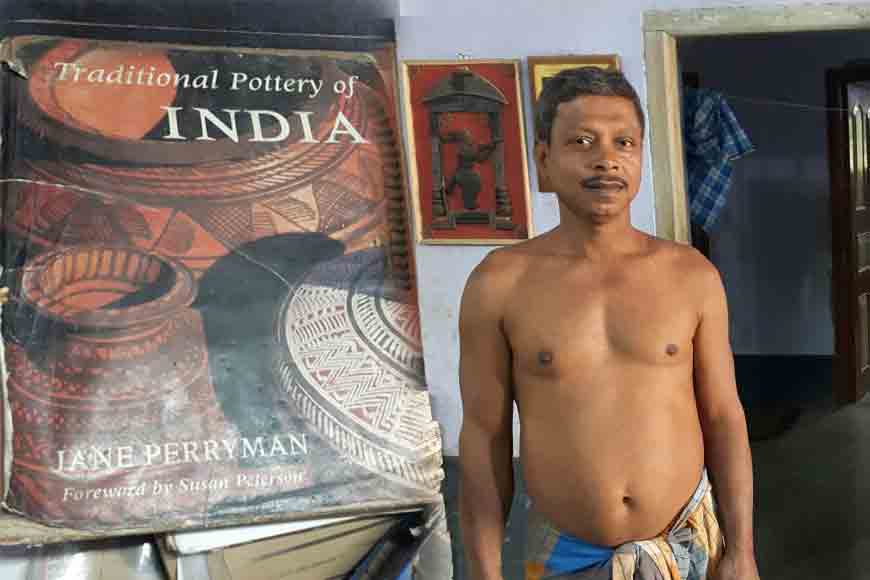
It was one of the most picturesque trails I had taken in years through the heartland of West Bengal. I was indeed taken aback at the silk-smooth roads criss-crossing villages lined by yellow mustard and tomato fields looking lush and green. Bankura is that part of Bengal that even a decade ago was considered impoverished. Today it scripts a different story altogether. Travelling through the length and breadth of Bankura to reach the famous Terracota village of Panchmura, was indeed a lifetime experience for me. It was like viewing Bengal in a new light, metalled village roads as good as national highways, prosperous fields with vegetables around as my car sped at a speed no less than 100km. Our perception of only North Indian highways scoring above the rest of the country, took a backseat. And not to mention the world of Bengal’s talented craftsmen who would soon be a treat to watch.
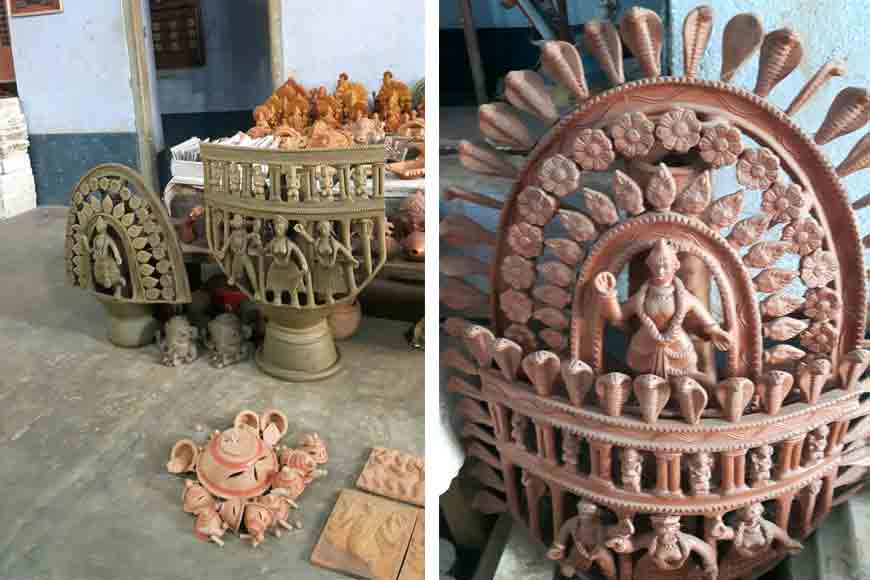
After travelling for almost 45 minutes from Bankura town, a lane drops down from the main road into the Terracota Village of Bengal. The first thing that caught my eyes was a huge well-like structure on the ground with broken pieces of burnt terracotta artefacts strewn here and there. It was almost like entering Troy after the victory of the Trojan Horse. Indeed, there were horse heads simply staring at me drying in the sun, infront of almost every mud and thatched houses. For last few days I had almost been fed on exquisite Terracota temples of Bishnupur. And now to see the science and art behind terracotta making was indeed an experience.
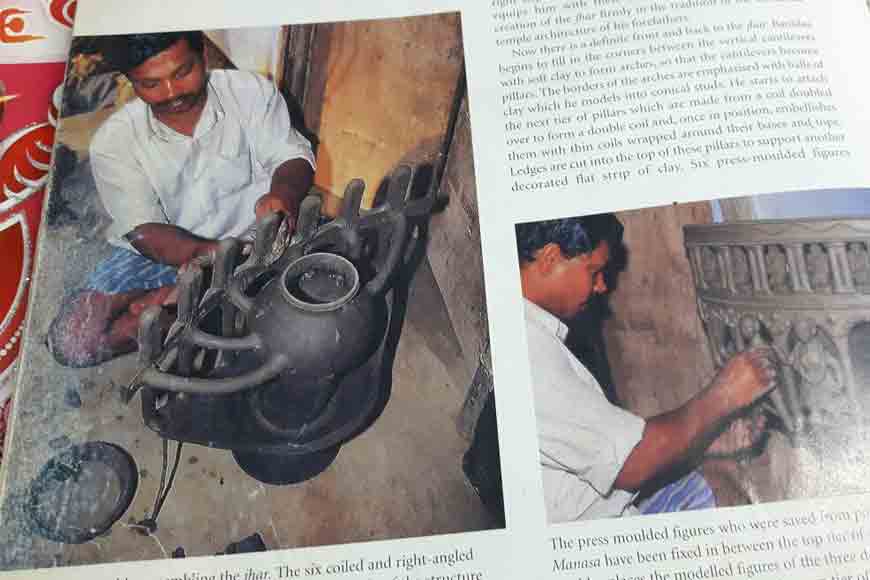
Panchmura is a village where every household had a terracotta artist and the well I saw was the one where terracotta items are burnt by the entire community. I was however keen to meet particularly one artist, Baul Karmakar, the award-winning artist who has been recognised across the world, praised from Honolulu to Hong Kong, featured in well-known art and craft books written by world renowned art critics. I had expected an artist sitting in his studio and instructing others or working on his own with an air of superior detachment that we usually get to see among our city-bred artists. But the man I met was clad simply in a lungi, sitting on the floor with a bare torso, working silently on a Durga idol. He could be anytime mistaken as a humble village farmer. He was being assisted by a young girl wearing a frock. No plush studio, no sign of chaos that one imagines in an artist’s corner, but a simple red floored room with hundreds of terracotta artefacts lined in rows and a deft artist meticulously giving shape to a Durga.
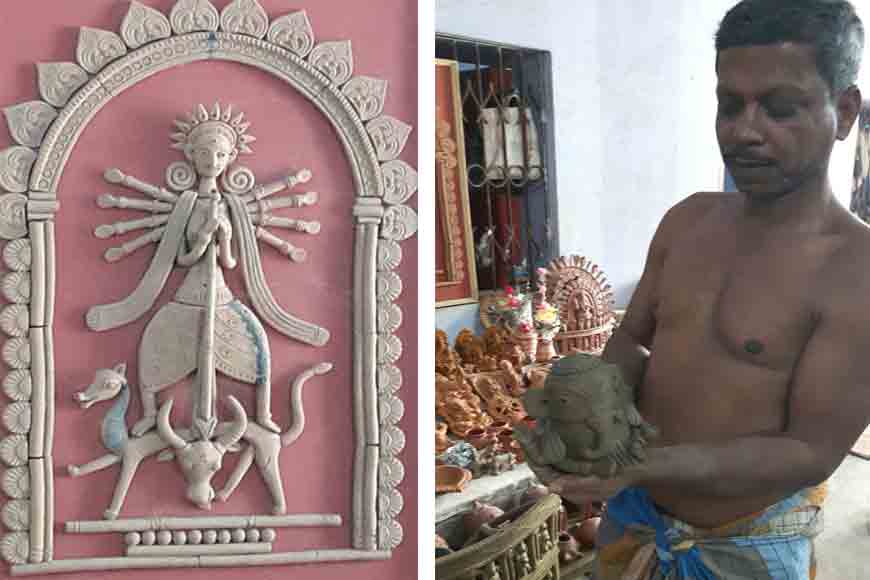
As I introduced myself, he gave me a seat and I refused to sit on a chair while he was sitting on the floor. Though we relate Terracota of Bankura primarily to horses, his studio had a very few of them. Rather he had a very rare series of Dashavatar Tiles. Most of us are acquainted with Dashavatar Taash of Bankura, but not tiles. One room had all the raw clay tiles drying with ten different images of Lord Vishnu meticulously brought to life through the most intricate clay work I had ever seen. The room also had a clay Baul, goddesses, animals, owls and even a Hojoborolo cat! I lay my hands on all, and instantly bought the tiles along with the cat.
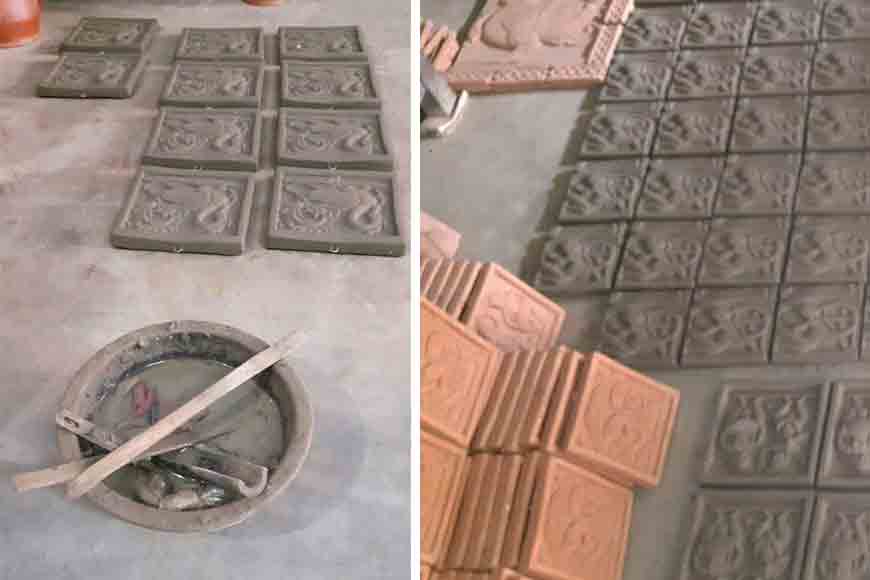
Karmakar introduced me to the girl as his niece who studies in a secondary school and helps him on and off. His own son is pursuing Phd in a city college and daughter doing MSc in Mathematics. And the pride of being the father of first generation educated children glistened in his eyes. But when asked who will carry on his legacy, he looked a bit sad, but pointed to that young girl and said: “Maybe she or may be no one.”
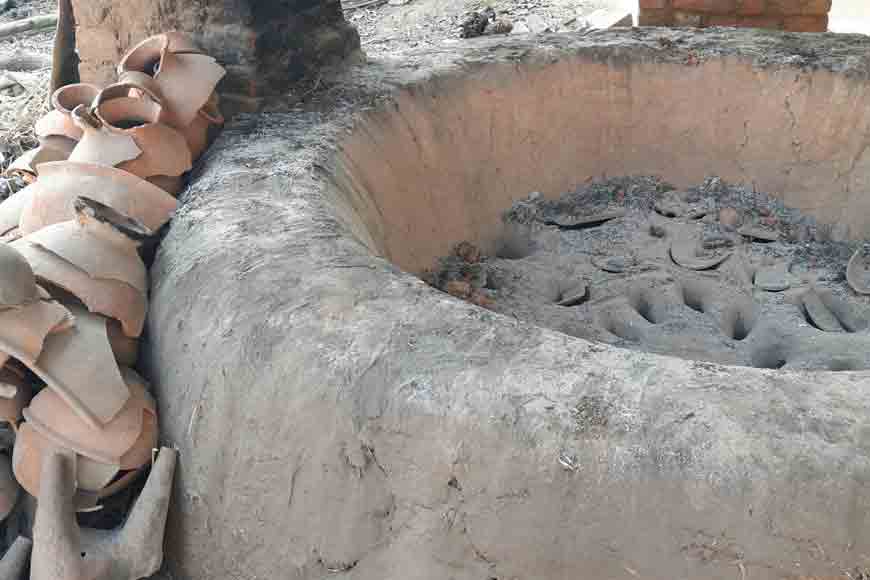
I left his home and hearth late afternoon, forgetting to even take my bag that contained my purse full of cash, credit cards and important documents. I was so excited with the Dashavatar tiles I bought along with the cat! As I had travelled a few kilometres, my phone rang with Karmakar saying: ‘Apni bag phele gechhen’ (You have left your bag). Thankfully I had given him my contact number as I had ordered for a replica of the Durga he was making!

Such was the Terracota Man of Bengal, the son of the soil, who plays with clay and has a heart of gold!









